How to Maximize Sound Quality with Seamless Acoustic Ceiling Solutions
In today's increasingly noisy environments, maintaining sound quality in commercial and residential spaces has become a paramount concern for architects and designers alike. According to recent industry reports, nearly 70% of professionals in the construction sector indicate that noise pollution is a significant factor influencing the design of interior spaces. Seamless Acoustic Ceilings have emerged as a crucial solution in this context, offering not only aesthetic appeal but also superior acoustic performance that can drastically improve sound transmission and reverberation control. A study by the Acoustical Society of America reveals that the right acoustic ceiling can reduce sound levels by up to 50%, enhancing the overall environment for occupants. As we explore various strategies to maximize sound quality, it becomes clear that integrating Seamless Acoustic Ceilings is a vital step toward creating serene, productive environments that cater to the needs of their users.
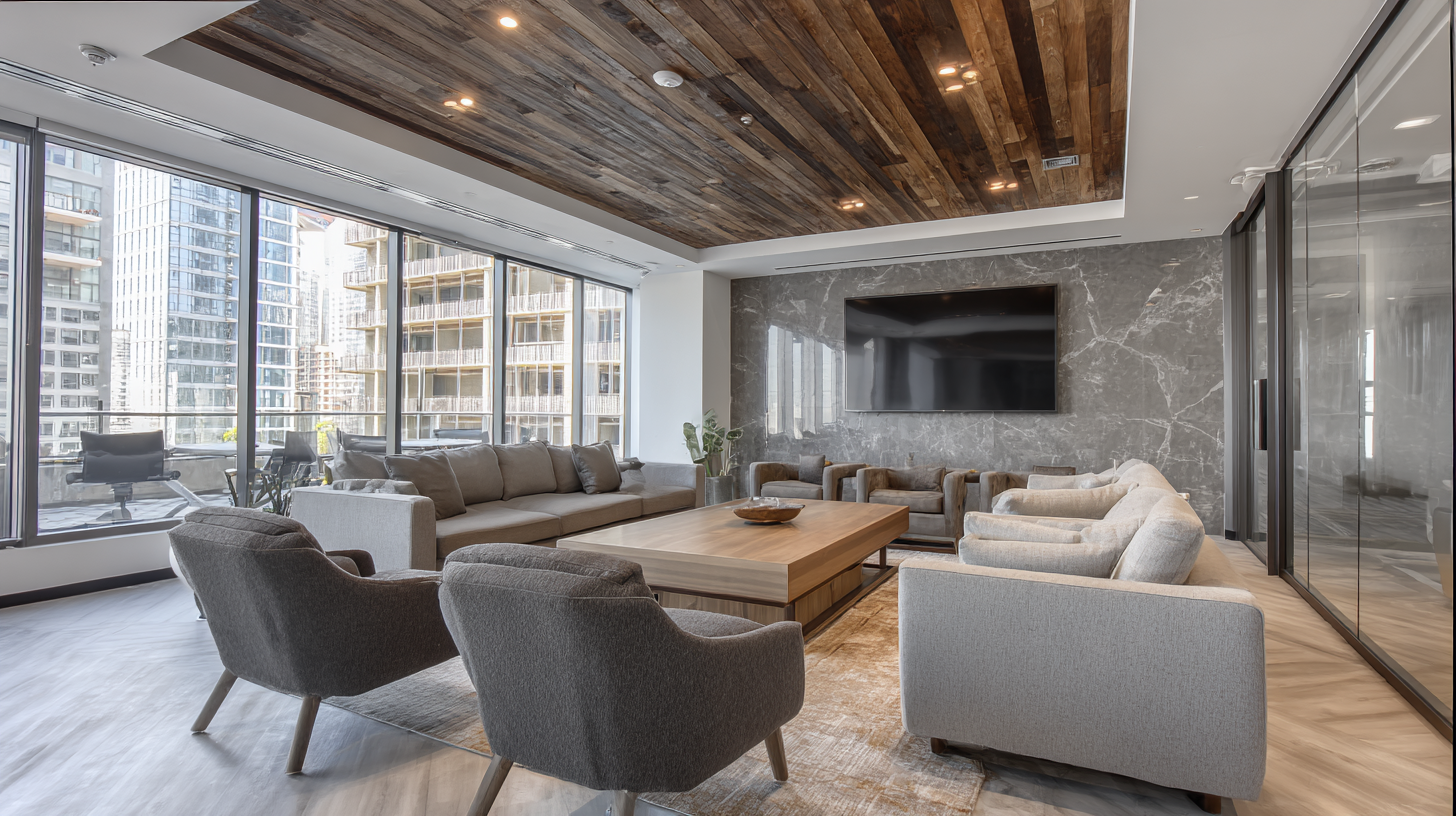
Choosing the Right Acoustic Materials for Your Ceiling Design
Choosing the right acoustic materials for your ceiling design is crucial in creating an environment that balances aesthetics and sound quality. In 2025, the trend towards using soundproof panels is gaining traction, as they not only reduce noise levels but also enhance the visual appeal of a space. The right selection of materials can effectively minimize reverberation and improve overall acoustics, making it essential for various facilities, from high-performing healthcare settings to vibrant educational environments.
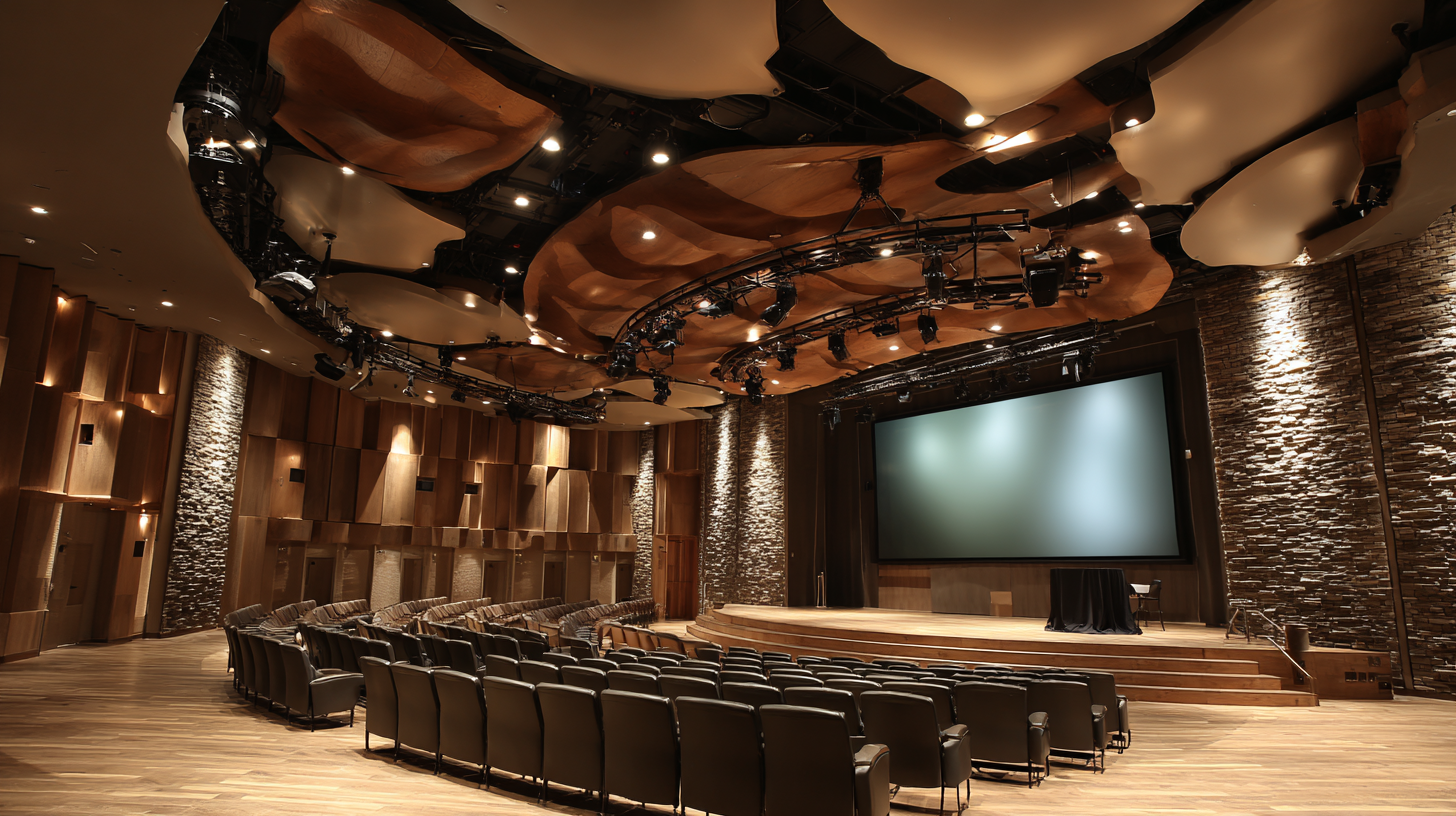
When making choices for your ceiling design, consider your facility's specific goals. Aesthetic preferences should harmonize with the acoustic requirements of the space—good acoustics contribute to the success of any commercial area. Incorporating materials that absorb sound can significantly reduce distractions, creating a more pleasant atmosphere, whether in a busy office or a dynamic cafeteria. As modern designs continue to evolve, innovative acoustic solutions can seamlessly integrate with styles, ensuring that functionality does not compromise beauty.
Understanding Sound Absorption and Reflection in Spaces
Acoustic treatments are essential for achieving optimum sound quality in any space, whether it’s a recording studio, a home theater, or an office. To understand how sound absorption and reflection impact the acoustic environment, one must first recognize that sound waves behave differently when they encounter various surfaces. Hard, reflective surfaces can create echoes, while soft materials absorb sound, reducing noise levels and enhancing clarity.
To maximize sound absorption, consider incorporating materials such as acoustic panels, carpets, and upholstered furniture. These elements help mitigate sound reflections, allowing for a more controlled audio environment. An effective technique is to strategically place these absorptive materials in areas where sound waves are likely to bounce, like corners and walls adjacent to speakers.
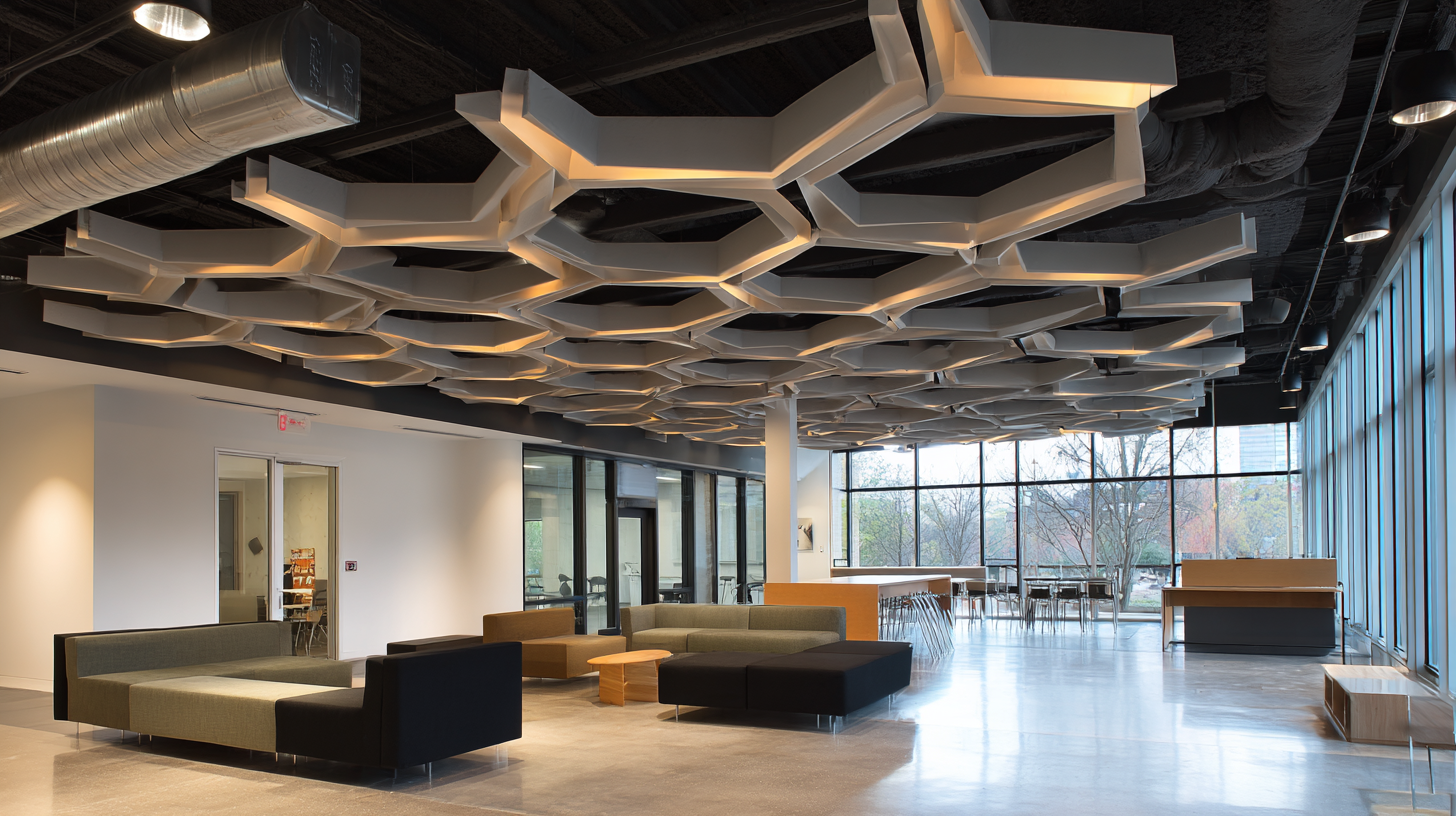
Another tip involves using room dividers or curtains to create designated sound zones. By segmenting a space, you can minimize disruptive reflections and maintain audio fidelity. Additionally, think about the ceiling; adding acoustic ceiling tiles can significantly reduce overhead reflections, making the overall sound experience more enjoyable while preserving the integrity of the space.
Innovative Installation Techniques for Seamless Acoustic Ceilings
Innovative installation techniques for seamless acoustic ceilings play a crucial role in enhancing sound quality in various spaces, from offices to concert halls. According to a report by the Acoustical Society of America, well-designed acoustic ceilings can reduce noise levels by up to 50%, significantly improving the listening experience. This is particularly important in environments where communication is key, such as open-plan offices, where distractions can affect productivity.
One innovative technique is the use of modular panel systems that integrate seamlessly into the existing architecture. These systems not only offer aesthetic appeal but also allow for precise sound control by optimizing the distance between the panels and the ceiling surface. A study conducted by the National Institute of Standards and Technology indicates that such installations can achieve a higher level of sound absorption, particularly in the mid-frequency range, which is vital for clarity in speech and music. By adopting these advanced installation methods, architects and designers can ensure a superior acoustic environment that enhances both functionality and comfort.
Maintaining Aesthetic Appeal While Enhancing Sound Quality
In the pursuit of optimal sound quality, seamless acoustic ceiling solutions stand out as both functional and aesthetically pleasing choices for modern spaces. Recent studies indicate that the right ceiling design can decrease sound reverberation by up to 30%, which significantly enhances the auditory experience in environments such as offices, restaurants, and concert halls. This is particularly important as many contemporary designs favor an open, airy look, which can inadvertently lead to increased noise levels and diminished sound clarity.
To maintain aesthetic appeal while enhancing sound quality, consider using acoustic panels that blend seamlessly with the architecture. Choose materials and finishes that complement your interior design—wood, fabric, or even painted options can provide superior acoustic performance without sacrificing style.
**Tips:**
1. Opt for a sound-absorbing ceiling tile that incorporates perforations or is made from mineral fiber, as these can significantly improve sound absorption ratings.
2. Strategically place acoustic panels in areas where sound reflects most, such as near walls or large windows, to effectively reduce echo and enhance clarity.
3. Experiment with different ceiling heights; raising the ceiling can often lead to improved sound dispersion while retaining an inviting atmosphere.
How to Maximize Sound Quality with Seamless Acoustic Ceiling Solutions - Maintaining Aesthetic Appeal While Enhancing Sound Quality
| Solution Type | Sound Absorption Coefficient | Aesthetic Rating (1-10) | Durability (Years) | Cost ($/sqft) |
|---|---|---|---|---|
| Acoustic Tiles | 0.85 | 8 | 15 | 2.50 |
| Soundproof Panels | 0.90 | 7 | 20 | 3.00 |
| Fabric Covered Panels | 0.75 | 9 | 10 | 4.00 |
| Perforated Plasterboard | 0.70 | 6 | 15 | 2.80 |
| Mineral Fiber Ceiling | 0.80 | 8 | 25 | 2.00 |
Future Trends in Acoustic Ceiling Solutions for Enhanced Sound Performance
As the demand for enhanced sound performance continues to rise, the future trends in acoustic ceiling solutions are shifting towards innovative designs that prioritize both aesthetics and functionality. According to a recent report by the Acoustics & Noise Control Association, the global acoustic ceiling market is projected to grow by 7.5% annually, reflecting the increasing recognition of the importance of sound quality in various environments, from commercial buildings to residential spaces.
One prominent trend is the integration of smart technology into acoustic ceilings, allowing for real-time sound monitoring and adjustment. This innovation not only optimizes the acoustic environment but also improves energy efficiency in spaces that require variable sound control. Additionally, sustainable materials are becoming a key focus; using recycled or eco-friendly substrates can significantly enhance indoor acoustics while promoting environmental responsibility.
Tips for Maximizing Sound Quality:
- Choose acoustic tiles designed with high Noise Reduction Coefficients (NRC) to ensure maximum sound absorption.
- Consider custom ceiling solutions that incorporate different textures and shapes, as they can disperse sound waves more effectively.
- Regularly assess the acoustic performance of your space and be open to making adjustments, as even minor changes in layout can have significant effects on sound quality.
Related Posts
-
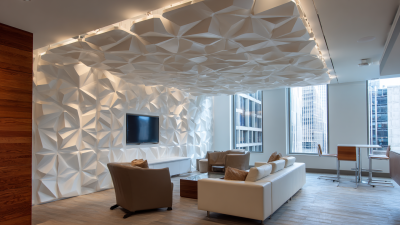
7 Essential Tips for Choosing the Perfect Interior Acoustic Panels for Your Space
-

Global Leaders in Manufacturing: Discover the Best Acoustic Building Materials
-

Ultimate Guide to Enhancing Your Space with Black Acoustic Wall Panels
-
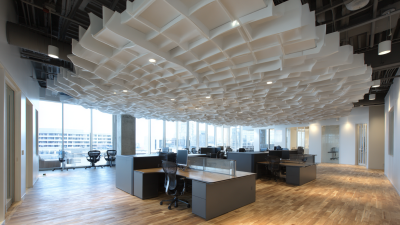
Top Strategies for Utilizing Curved Acoustic Panels in Modern Workspaces
-
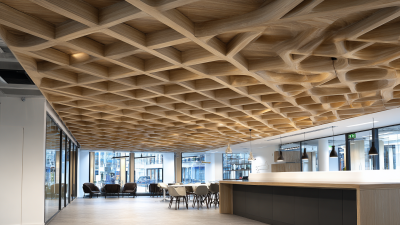
Innovations in 2025 Shaping the Future of Best Acoustic Ceiling Wood Solutions
-

The Future of Sustainable Design with Slat Wall Acoustic Panels
-

Phone
-

E-mail
-

wechat
wechat

-

whatsapp
whatsapp


